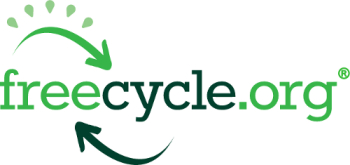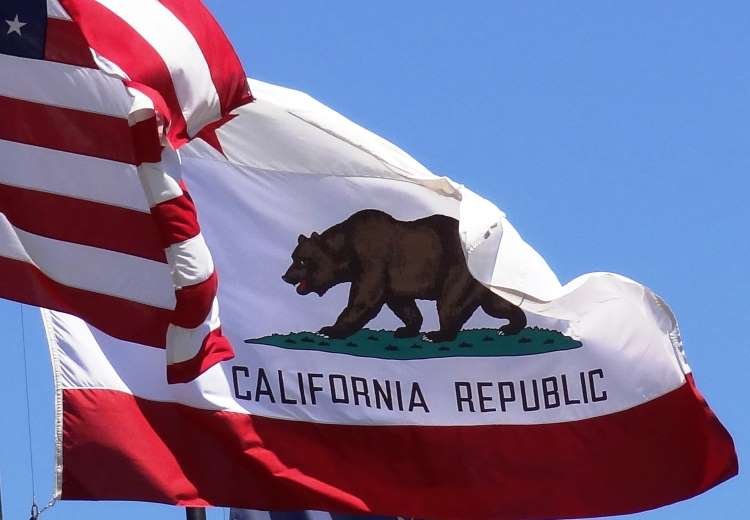INCOME AND OTHER LIMITATIONS
There are now income limitations to obtain the credit. Your “Modified Adjusted Gross Income” (MAGI*) must be $300,000 or less if you use the Married Filing Jointly filing status, $225,000 or less for Head of Household and $150,000 or less for other filing statuses in either the current or prior year to qualify for the credit. MAGI limits are not adjusted for inflation, which means that over time, less people will be eligible for the credits.
(*What is MAGI? For purposes of this credit, MAGI is basically all your taxable income, less various adjustments like IRA contributions, plus any untaxed foreign income. Ask your tax advisor for more specifics.)
The credit is non-refundable and any unused credit does not carryforward to future years. What this means is that if your taxes are less than $7,500 and your credit is $7,500, you will not receive the full amount of the credit.
You claim the credits on Form 8936 (Qualified Plug-In Electric Drive Motor Vehicle Credit) with your tax return.
Starting in 2024, you can apply the Clean Vehicle Credit towards the purchase of the vehicle at the dealership rather than wait and apply for the credit on your tax return. Yay! However, there could be some complications in doing this - what if your MAGI is too high? Will you have to pay the credit back on your return? These things will have to be sorted out.
USED CLEAN VEHICLE CREDITS - SOMETHING NEW
There are now tax credits available for certain used clean vehicles. It is aptly called the Previously Owned Clean Vehicle Credit (POCVC). If you purchase a used "clean vehicle” from an authorized dealer and the sales price is $25,000 or less, you may be able to take a tax credit of 30% of the sales price, up to a maximum credit of $4,000.
The MAGI limits to claim the used car credit are exactly half of the new car credits - $150,000 or less for joint filers, $112,500 for head of household and $75,000 for other filing statuses. So, if you are single and make $75,001 in 2022 and 2023, you will not be able to claim the POCVC for a 2023 purchase.
Tax planning (an example): Let’s say your W-2 wages are $76,000 this year and last year but you want to buy a $25,000 used clean vehicle and obtain a $4,000 POCVC on your 2023 tax return. Consider contributing to your employer’s 401k plan in 2023 enough to reduce your taxable W-2 income to $75,000. Or if your employer does not have a 401k, contribute $1,000 to an IRA to reduce your MAGI down to $75,000. (This is just one simple example; your tax advisor can help you with your particular situation.)
The POCVC, like the Clean Vehicle Credit, is not refundable and cannot be carried forward to future years.
Learn more on the IRS website at www.irs.gov/credits-deductions/credits-for-new-clean-vehicles-purchased-in-2023-or-after.
The state of California has its own array of rebates that can vary from $1,000 to $7,000 currently, increasing to $7,500 starting February 28, 2023. Learn more on the California Clean Vehicle Rebate Project website at cleanvehiclerebate.org/en. Best to apply the California rebates at the time of purchase of the vehicle….otherwise they are considered taxable on your federal returns.
(As with other tax matters, ask your tax advisor for details. The information herein is current as of January 2023.)








